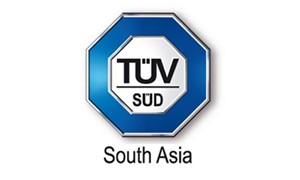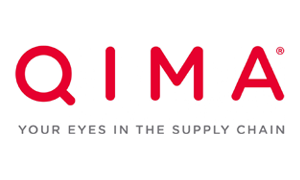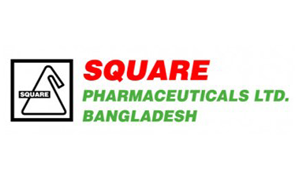Core Parameter
- Core Parameter
Core Parameter
Dimension
Dimension involves verifying the accuracy of measuring instruments used to determine the physical properties.
Mass & Volume
Mass is a fundamental property of matter and remains constant regardless of location or gravitational forces. Volume can be measured in various units (e.g., liters, cubic meters, milliliters).
Thermal
In a calibration laboratory, "thermal" refers to anything related to the measurement, control, or verification of temperature.
Force
Force is a push or pull that can cause an object to accelerate. It is a vector quantity, meaning it has both magnitude and direction.
Pressure
Pressure is the force exerted per unit area.
Calibration: Involves verifying the accuracy of pressure measuring instruments
Electro Technical
In a calibration laboratory, "electro-technical" refers to the calibration of instruments that measure electrical quantities.
This encompasses a wide range of equipment, including:
Electrical meters: Multimeters (measuring voltage, current, resistance), Clamp meters, Power meters, Energy meters
Electronic test equipment: Oscilloscopes, Signal generators, Frequency counters
High voltage equipment: High voltage testers, Insulation testers,
Sensors and transducers: Temperature sensors (thermocouples, RTDs), Pressure transducers, Load cells (for force measurement)
Speed:
Definition: Speed is the rate of change of position. It's a scalar quantity, meaning it only has magnitude and no direction.
Calibration: Involves verifying the accuracy of instruments used to measure speed, such as:
Tachometers (measure rotational speed) , Flow meters (measure the speed of fluids), Velocity sensors
Calibration typically involves comparing the instrument's readings to known speeds generated by calibrated reference standards (e.g., rotating discs, calibrated flow standards).
Time:
Definition: Time is a fundamental quantity that represents the duration of events or the interval between them.
Calibration: Involves verifying the accuracy of timekeeping devices, such as:
Oscillators, Frequency counters, Time interval counters
Calibration often involves comparing the timekeeping device to highly accurate time standards (e.g., atomic clocks) maintained by national metrology institutes.
Electrical
Electrical calibration refers to the process of verifying the accuracy and reliability of instruments used to measure electrical quantities.
This encompasses a wide range of equipment, including:
Multimeters: Measuring voltage, current, resistance, capacitance, and frequency.
Oscilloscopes: Analyzing and measuring electrical signals.
Power meters: Measuring electrical power consumption.
Energy meters: Measuring electrical energy consumption.
Temperature sensors: Thermocouples, RTDs, thermistors.
Pressure transducers: Measuring pressure using electrical signals.
Load cells: Measuring force using electrical signals.
Density
Density refers to the mass of a substance per unit volume.
Calibration of density measuring instruments: This involves verifying the accuracy of devices like:
Density meters: Used to measure the density of liquids and solids.
Pycnometers: Used to determine the density of liquids and solids with high accuracy.
Hydrometers: Used to measure the density of liquids by observing their buoyancy.
Analytical
In an analytical laboratory, calibration is the process of determining the relationship between the output of a measuring instrument and the corresponding value of a known standard.
Key aspects:
Establishing Accuracy: Calibration aims to establish the accuracy of analytical instruments by comparing their measurements to those of traceable standards.
Traceability: Measurements must be traceable to national or international standards (e.g., those maintained by national metrology institutes) to ensure consistency and comparability across different laboratories and industries.
Uncertainty Analysis: A crucial part of calibration is determining and minimizing the uncertainty associated with the measurement process. This includes evaluating factors that can influence the accuracy of the measurement, such as environmental conditions, operator variability, and instrument instability.
Instrument Performance: Calibration helps to identify and correct any deviations from expected performance, ensuring the reliability and accuracy of analytical results.
Flow meter
In a calibration laboratory, a flow meter is a device used to measure the rate of fluid flow (liquid or gas) through a pipe or channel.
Flow meter calibration involves verifying the accuracy of these devices by comparing their readings to a known standard.
Gas detector
In a calibration laboratory, a gas detector is a device that detects the presence and concentration of specific gases in the atmosphere.
Gas detector calibration involves verifying the accuracy and reliability of these devices to ensure they provide accurate readings of gas concentrations. This is crucial for safety and operational efficiency in various industries.















